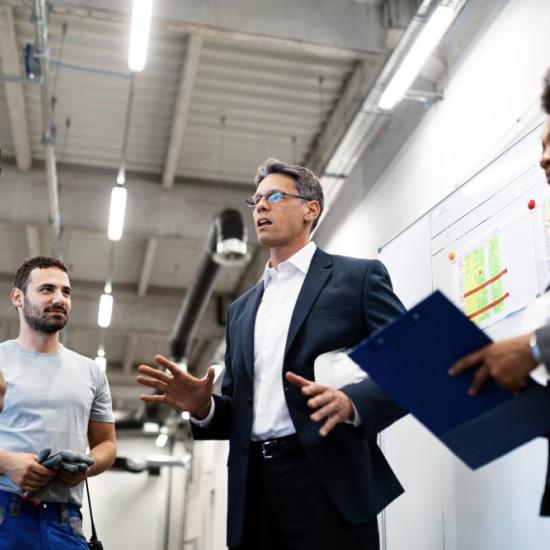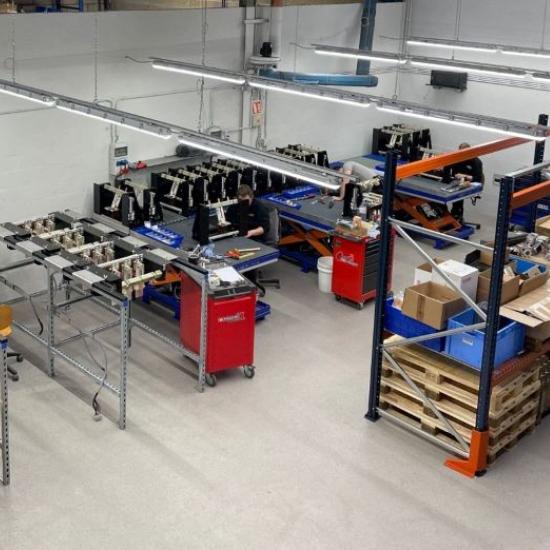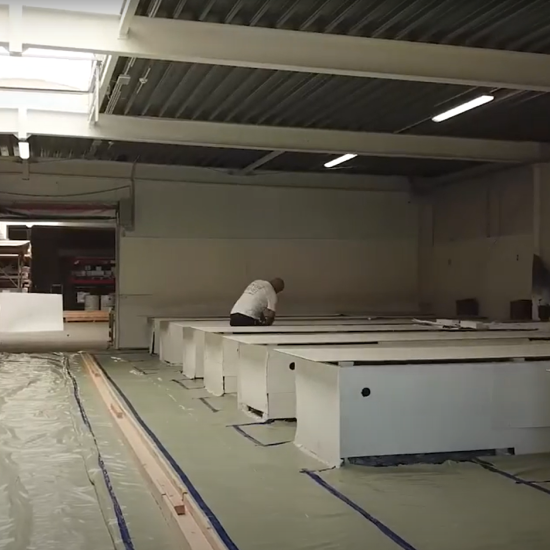Parker Hannifin is the world’s leader in development, production and sales of technologies, systems and components in the field of motion and control. Parker Hannifin provides custom-made solutions for a wide range of engineering problems in many domains, from energy, water and agriculture to hydraulics and aircraft- and ship-building.
The department in Boom, near Antwerp, manufactures all types of sealing rings and high-precision components up to 4.5 metres in diameter, for a wide range of applications and sectors. Most product orders are for small quantities as a one-off or are infrequently reordered. These products have to meet various requirements, affecting the production process. In general, the process is linear.
Additional activities, new machines
Parker Business Unit PTFE decided to reduce their delivery times by 50 percent by implementing the Quick Response Manufacturing (QRM) principles. A small group of employees participated in the QRM training course at Sirris.
Around the same time, the closure of another European Parker plant resulted in the Belgian site acquiring additional activities. This created more work for the site, in addition to the purchase of some new machines which required a new layout. This led to the reorganisation of the manufacturing process and the assembly line layout. The company looked into whether the lead time could be cut by half, which could lead to new market opportunities.
Implementation
A large-scale internal project was set up to implement both the reorganisation and QRM simultaneously. The production was scrutinised once more and every element was analysed. Data on batch size and expected repeated orders were used to split the manufacturing process into repetitive and non-repetitive business, with the latter far larger than the former. At the same time, the traditional division between various departments was converted into two value streams, both in turn organised into three manufacturing cells, including room for prototyping and quality control. The two streams are each organised separately. This operation included the first steps towards the implementation of QRM, including the creation of a self-managing team for the repetitive product stream. The value stream for non-repetitive business will be set up in the near future.
Implementation began in January 2018. In the meantime, a few cells based on the QRM strategy were set up on the shop floor. These first steps have already ensured a shorter lead time. A further reduction in lead time will result in over-capacity, leaving room for further optimisation and flexibility.
By achieving the primary project goal, to cut the lead time by (at least) half, by implementing QRM, the plant in Boom aims to become a source of inspiration for other Parker plants.



